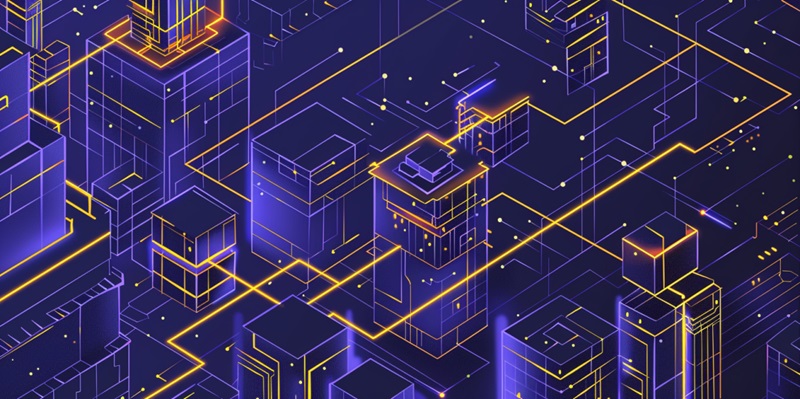In the vast world of blockchain, facilitating seamless communication between different blockchain networks stands as a significant technical hurdle. Distinct protocols and standards across networks have made interoperability an elusive goal. However, the game is changing with the advent of Adaptive Inter-Blockchain Communication (IBC), a revolutionary technology chiefly driven by the Octopus Network. This innovation is set to be a cornerstone in bridging the gaps between blockchains, enabling transactions and information to flow with ease across various platforms. Adaptive IBC has the potential to usher in a new era of connectivity in the blockchain domain, breaking down barriers and bringing about a truly interconnected network landscape. With its pioneering approach, Adaptive IBC could very well be the key to unlocking the full potential of blockchain interoperability.
Paving the Way for Seamless Communication
Adaptive IBC arrives as a promising solution to one of the blockchain industry’s most pressing dilemmas: the lack of seamless communication between independent chains. Conceptualized by the Octopus Network and built upon the foundations laid by the NEAR Protocol and Cosmos, this advanced form of IBC serves as a bridge, facilitating not just the transfer of assets but also enabling a myriad of diverse blockchains to interact fluidly with each other. By introducing adaptable and scalable methods, Adaptive IBC promises to iron out the snags that have traditionally hampered the flow of information and value across the blockchain space.
The mechanics of Adaptive IBC revolve around an ingenious structure that harnesses off-chain verification proxies, in turn supporting trustless communication. The result is a robust network where different blockchains, regardless of their underlying technology, can connect with each other through a secure and efficient channel. The NEAR IBC implementation underscores this advancement, featuring a GraphQL-based RPC node that simplifies data querying processes. This subtle yet significant innovation marks a critical step toward realizing a coherent and connected blockchain ecosystem.
A Unified Financial Landscape
Adaptive IBC is leading the charge toward a future where blockchain ecosystems seamlessly intertwine. Championed by the Octopus Network, the ‘Fat Hub Thesis’ aims to create a strong economic nucleus supported by the NEAR Protocol, revolutionizing appchain creation and operation. This vision heralds a transformative era in blockchain economics where unity and decentralization go hand in hand.
With its ability to mesh even non-Cosmos SDK chains, Adaptive IBC’s inclusive approach is laying the foundation for this groundbreaking integration. The potential inclusion of zero-knowledge proofs further underscores a commitment to secure, trustworthy cross-chain transactions. Adaptive IBC’s innovation is pivotal for a cohesive yet autonomous financial landscape.
This concept is shaping a blockchain community eager to transcend existing technological confines, striving for a universally interoperable network. Adaptive IBC’s innovative foresight encapsulates the industry’s push for a comprehensive, streamlined, and user-focused blockchain infrastructure.

